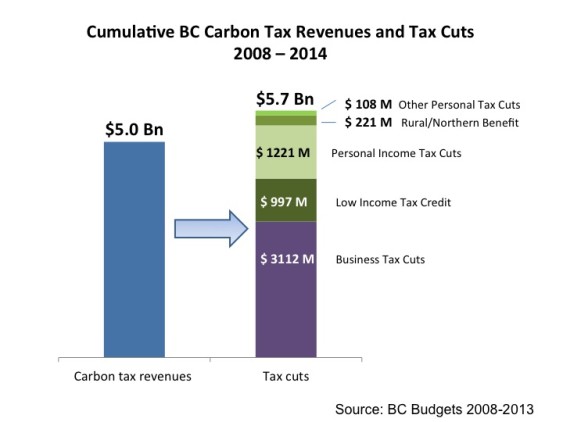We are already paying a high price for fossil fuels: strange and severe weather, asthma and cancer cases, a Northwest economy weakened by huge bills for importing coal, oil, and gas, and the political vice grip that Big Oil has on our democracy. Last year, Portland State University (PSU) gave the Oregon legislature a teaser about how to face those problems with a carbon tax. Intrigued by the possibility of holding big polluters accountable and generating revenue for Oregonians, the legislature asked for more information, and this week PSU’s Northwest Economic Research Center (NERC) delivered. The new and expanded analysis concludes that charging carbon polluters would cut pollution and it could create jobs and raise wages. If Oregon spends the money right.
What scenarios did NERC model?
NERC modeled carbon taxes ranging from $10 to $150 per ton of greenhouse gas pollution. The tax would apply to pollution from burning fossil fuels, such as coal, petroleum, and natural gas. It would tax pollution from coal burned outside the state to generate electricity used by Oregonians. In each scenario, the tax starts at $10 per ton in 2014, and then goes up slowly and smoothly, rising just $5 or $10 each year. Knowing that the price to pollute is slowly rising over time gives dirty energy producers the time and the motivation to start investing in clean energy. NERC ran scenarios with prices that maxed out at $10, $30, $45, $60, $100, $125, and $150.













